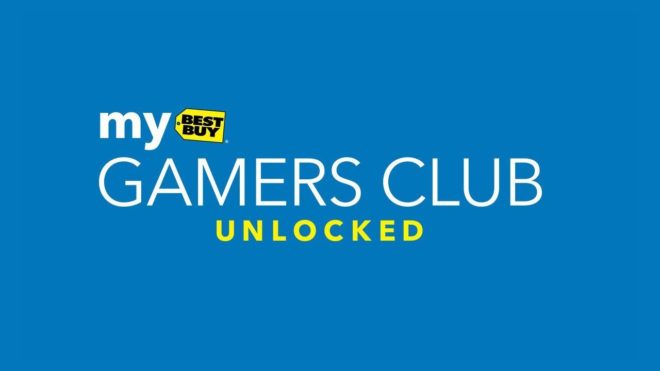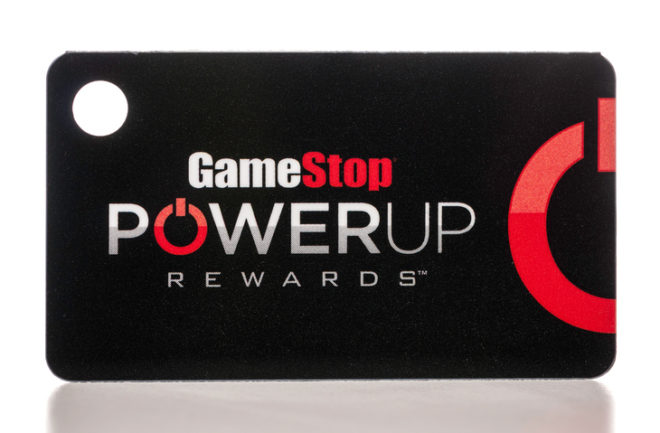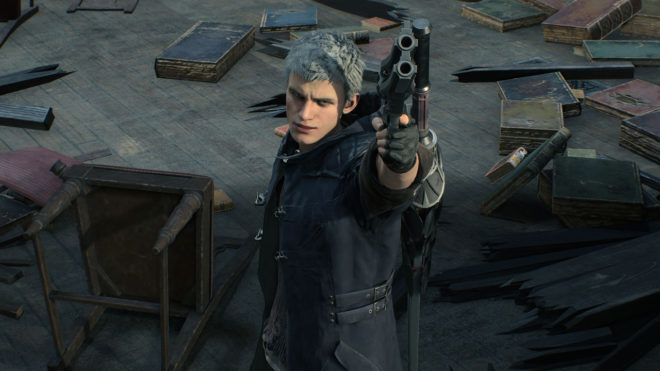Welcome to the Video Game Retailer Discount Apocalypse
Video gaming is an expensive hobby, especially for anyone who likes to purchase the newest games and systems as they release. It was bad enough when each new title was $50, and the systems started at $300 before dropping in price, but those were the good old days given what we’re dealing with now. New games are $60, and they’re subtly getting more expensive through the amount of downloadable content being offered. Games that embrace the “live service” model are also becoming more popular, which receive new content (free and paid) for months, if not years. You can’t blame anyone who doesn’t habitually wait for price drops for utilizing discounts whenever they can.
That is, assuming the games they want get price drops at all. Good luck waiting for most Nintendo games to drop in price, since there’s no set timeframe determining how long they take to reach their budget line. In fact, price drops as a whole are becoming rarer. Sony launched the PlayStation 2 Greatest Hits line around a year and a half after the system’s launch, but it took three-and-a-half years for the same to happen with PlayStation 3. Now, it’s taken over four-and-a-half years for the PlayStation Hits line for PlayStation 4 to start.
The desire from consumers for discounts is what led to programs like Best Buy’s Gamers Club Unlocked, Amazon’s Prime Discounts, and GameStop’s PowerUp Rewards starting. They all require for consumers to pay a fee for a membership up-front, but for anyone who purchases a lot of games at retail, the discounts are more than worth it down the line. They seemed too good to last, which is sadly the reason why they’re falling like dominoes.

Best Buy tilted the first domino by ending Gamers Club Unlocked, which offered a 20-percent discount on all new games, in what felt like an instant. The company ceased the program shortly after employees received a letter telling them to stop taking new members and renewals, which provided little-to-no time (depending on how friendly your local store is) for anyone to sign up or renew at the last minute. That’s no surprise given how these discount programs tend to work. Anyone who already had a membership will still get discounts until their subscription ends, and those who renewed it for around three-to-six years (seriously) are glad they did so now.
In fairness, Amazon gets credit for slightly nudging the first domino, after they stopped giving consumers time to purchase new games with a Prime discount shortly after release. But there weren’t too many complaints, since they still existed for preorders. It was after Best Buy ended Gamers Club Unlocked that Amazon stopped allowing Prime discounts to be applied to remasters and rereleases. Given how many such titles have been released on current-generation consoles, this is a big deal. The Prime discount still applies to most games, but the last two moves have left those who depend on Amazon for their physical purchases panicking as to what their next move could be.
Now, it’s GameStop’s turn, who sent members of its PowerUp Rewards Elite Pro and employees a notice saying they’re ending the program, and not because the name is just too short. The program provided a 20-percent discount on used game purchases, and an additional 20 percent in credit when trading games in. While it didn’t provide anything for new games, it was essential for anyone who purchased used titles, especially old and out-of-print ones. Several GameStop stores still sell used PS3 and Xbox 360 games, after all, and others provide games from older consoles like the PS2 and even Game Boy Advance.

The question of whether these programs were profitable in the first place has floated around for years, which intensified when Best Buy ended their program. Chances are, at least two of the above-mentioned programs weren’t. The Best Buy one was an incredibly good deal, and seemed destined not to last. The company’s profits have been uneven in the last few years, which have been rough on all brick and mortar retailers. That also applies to GameStop, which is fighting for its survival due to both other retailers (like, well, Best Buy and Amazon) eating their lunch, and the rise of digital game sales. Shareholders will want both companies to do everything they can to profit, and cutting out discount programs had to be part of that.
This excuse sure as hell doesn’t apply to Amazon, though, which is headed by the richest man in modern history and recently celebrated an overwhelmingly successful Prime Day despite glitches and calls for boycotts. Amazon’s decision was influenced by competition. If their competitors are dropping their discount programs, they feel there’s no incentive for them to offer anything better. They still have on preorders for games that aren’t ports or remasters, but who knows how long that will last — in America, anyway.
It’s getting rough for retailers out there, so there’s next-to-no chance for any discount programs to rise and replace these. Keep in mind retailers made these programs to attract consumers to their stores to purchase games, and not out the kindness of their own hearts. Just cross your fingers for more digital discounts in the future, because barring some miracle, that’s the best we’ll get.





